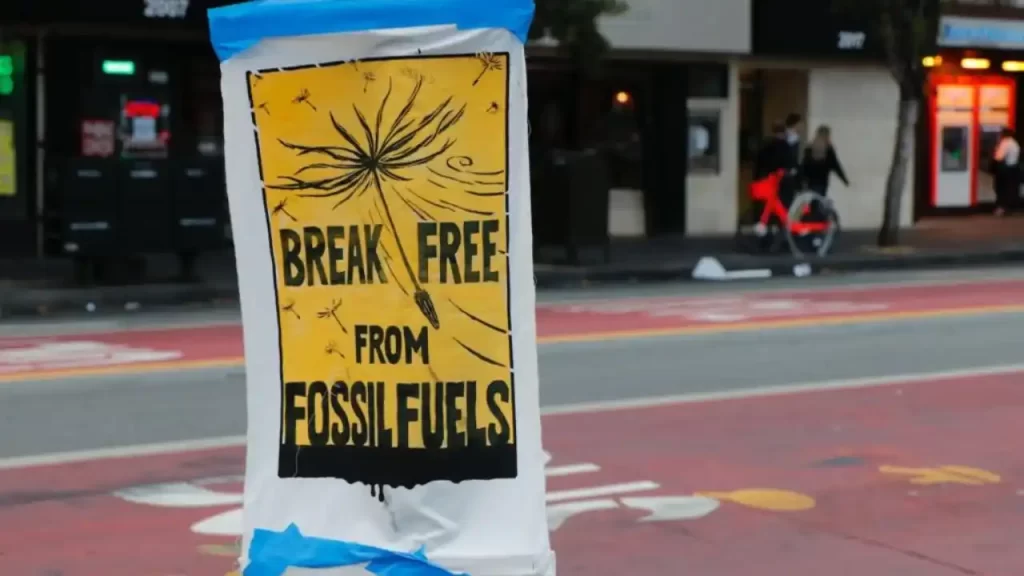Fossil fuels used in the transportation sector contribute nearly one-fourth to the total global greenhouse gas emissions. Moreover, fossil fuels have a very uncertain supply, which often gets halted by global political tensions. Therefore, the quest for clean and renewable energy has brought us close to biofuels, which are the major contestants to replace fossil fuels. Let’s discuss the going green with biofuels scenario and let me tell you why it has not happened already.
What is Biofuel?
Biofuel can be defined as the fuel derived from plants, animals, vegetable oil, waste products, recycled grease, algae-based resources, and cellulosic biomass.
Biofuels are used as substitutes for fossil fuels to meet transportation fuel needs. Ethanol and biodiesel are the two most common biofuels.
History of Biofuel Consumption
Biofuels have been used for a long time now, it dates back to the early days of the automotive industry. Until the 1940s, biofuels were regarded as practical transport fuels.
Many bioethanol blends were quite popular, particularly in the US and Europe, such as Discol, Monopolin, Agrol to name a few.
However, their popularity was impended when petroleum derivatives became cheaper.
The demand spiked again when the oil crisis occurred in the 1970s. Brazil became a major country to produce ethanol on a commercial scale.
The late 1990s oil price hike coupled with the pursuit of clean and renewable energy to mitigate climate change gave another boost to biofuel production. Global ethanol production ballooned to 110.4 billion liters (2018) from 67 billion liters (2008).
You May Also Read: Your Ultimate Guide to the Best Biodegradable Gloves: Top 9 Picks
How to Make Biofuel?
Biofuels are usually made from plants, crops, vegetable oil, recycled grease, and animal fat. Biofuels are made through a series of processes and reactions.
Moreover, heat is also used to break down starches, and macromolecules from plants.
Fermentation is the most common method. I.e., in the US ethanol is made from the fermentation of sugars from sugarcane or corn. After refining the product, it is used as fuel for vehicles.
Biofuels can also be blended with petroleum-based fuels.
Bio-methane or renewable natural gas is a biofuel that is produced from landfills, wastewater, livestock operations, and other sources.
In addition to its application in the transportation industry, bio-methane can also be used for electricity generation and heating.
You May Also Read: 7 Best Zero Waste Sunscreens to Keep You Protected
Types of Biofuels
There are different types of biofuels. The most common taxonomy includes three classes namely first generation, second generation, and third generation.
First-generation biofuels are made from starch crops (Sorghum, corn), Oilseed crops (soybean, canola), sugar crops (sugarbeet, sugarcane), and animal fats. This category includes ethanol, butanol, and propanol to name a few.
Second-generation biofuels are mostly made from cellulose and waste biomass, such as straw wood, corncobs, and stover.
While the third generation biofuels are produced from algae feedstock.
There are also various variants of biofuels. Many blends of biodiesel and ethanol are available on market, such as E10 (10% Ethanol and 90% Gasoline), E15 (15% Ethanol and 85% Gasoline), B20 (20% biodiesel and 80% petroleum diesel), etc.
Which Country Produces the Most Biofuels?
The United States is the leading producer of biofuels with a production capacity of 1347 Peta-joules followed by Brazil with a capacity of 883.7 Peta-joules (2020).
Other biofuel-producing countries include Indonesia, Germany, China, Thailand, France, the Netherlands, and others.
You May Also Read: Top 5 Best Commercial Zero Turn Mowers of 2024 [Tested and Reviewed]
Advantages of Going Green With Biofuels
Let’s come back to the main topic, i.e., going green with biofuels. The scenario is a viable option to replace fossil fuels, offering many advantages.
Some of the most common benefits of biofuels include:
- Reduction in Greenhouse Gas Emissions thus helps in mitigating climate change (Environmental friendly)
- Offer energy security by reducing the dependency on fossil fuels (Sustainability)
- Contribute to rural development as the raw material are mostly produced in rural areas (Economic benefits). Many US farmers benefit from the production of biofuel which is a good sign.
- Can be used in the same way as fossil fuels
- Recyclable and biodegradable
- By-products of biofuels bring balance to the equation as they have a positive contribution to climate change mitigation.
- Additionally, biofuels can also give a boost to the economy by bringing down the prices of fossil fuels
- The production of biofuels can provide many employment opportunities
The Negative Side of Going Green With Biofuels
In addition to offering several benefits, biofuels are also harmful to the environment in many ways, some of the most common negative impacts include:
Biofuels and Food Security Dilemma
Biofuels threaten global food security as biofuels are produced from food commodities, which otherwise are used to meet food demands. In the US, bioethanol is mostly produced from corn, sugar beet, maize, rapeseed, and wheat.
Moreover, Brazil, Argentina, and the US also produced biofuels such as biodiesel from Soya been. While palm oil is used to produce biofuels in Indonesia and Malaysia.
There is a risk that food security is being compromised by biofuels. The debate between food security and biofuels is quite prevalent these days.
Land-Use Change
Biofuels cause climate change by Land-use Change (LUC); many forests around the world are cut to clear land for harvesting crops for biofuels (Deforestation).
Moreover, the use of fertilizers and pesticides has a very harmful impact on the environment, causing land, air, and water pollution.
Hence, water, land, and ecosystem are degraded from biofuel production
Other Negative Effects
Other disadvantages of biofuels include loss of biodiversity and emission of nitrous oxide from some biofuels. Some biofuels even release more greenhouse gases than fossil fuels.
A Delicate Trade-Off
As highlighted above biofuels have as many negative effects as positive ones. Even the above discuss scenario justifies the argument against going green with biofuels.
So the real question is, is there any trade-off? Yes, there is!
Some of the problems associated with biofuels are due to infrastructure and technological constraints. There is a dire need for urgent policy-making and standardization of processes.
The Energy Policy Act of 2005 is a model policy framework. The US government has already given a green signal to biofuel production despite an ongoing food crisis.
Although many critics have questioned the decision and recommend that the government should prioritize food security.
There is a delicate balance between meeting fuel demands and food demands. That balance should never be compromised at any cost.
The negative impacts should be eliminated by improving the overall efficiency of the supply chain. Additional research should be conducted on how to minimize the negative environmental impacts.
Biofuels should be extracted from non-food commodities such as non-edible fibrous material from plants. Moreover, the crops should be grown in marginal lands.
More emphasis should be given to producing biofuels from excessive or wasted food items. More resources should be allocated to produce high-quality crops while also not surrendering to environmental standards.
Conclusion
Biofuels are a reliable alternative to fossil fuels, there is some untapped potential in biofuels to replace fossil fuels. Let’s make Going green with biofuels a reality and save the world at the same time.

